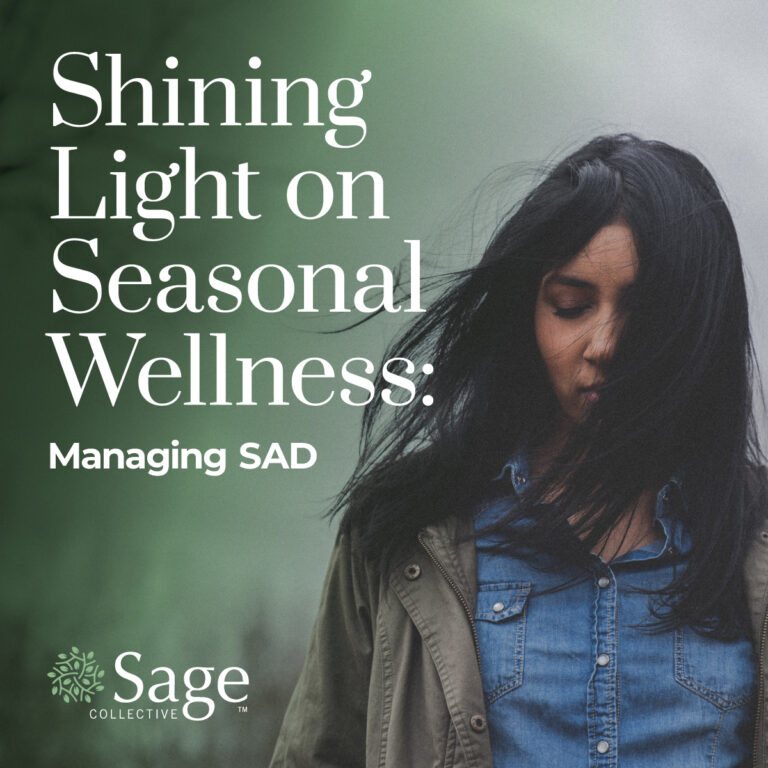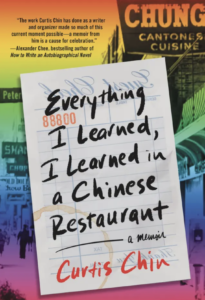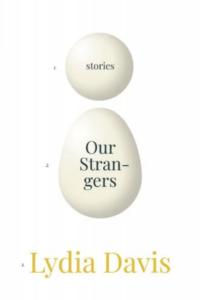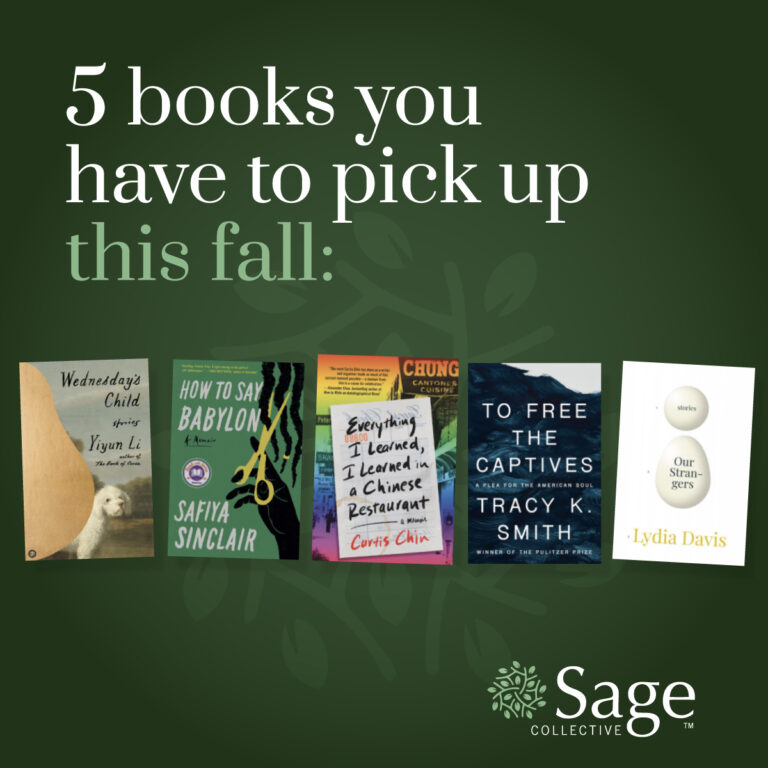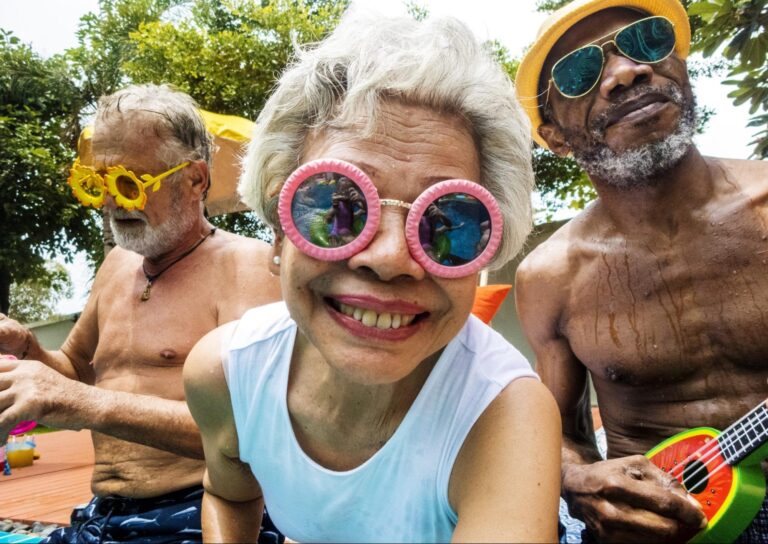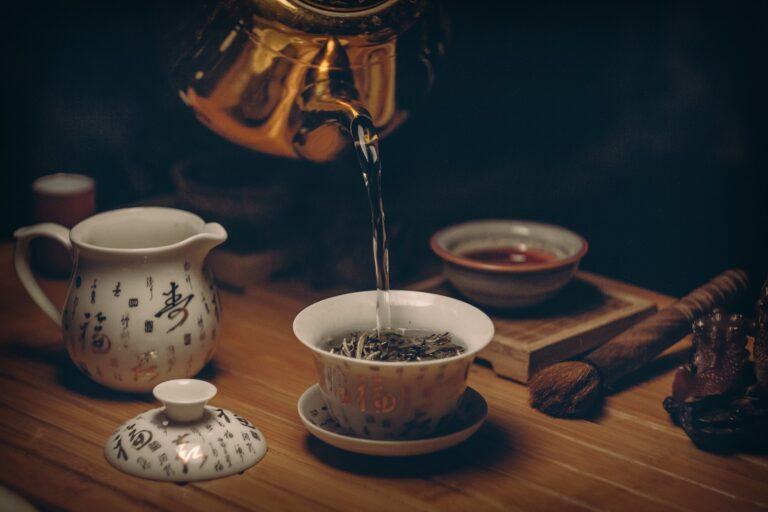Shining Light on Seasonal Wellness: Managing SAD
As winter approaches, the days grow shorter and the sunlight becomes scarce. This can lead to a lesser-known condition that tends to be more prevalent in our golden years: Seasonal Affective Disorder (SAD). It’s not just the winter blues; it’s a type of depression that ebbs and flows with the seasons. At Sage Collective, we believe in confronting such challenges with practical solutions and heartfelt support, fostering vibrant living year round.
One of the first steps in managing SAD is recognizing the importance of light. Light therapy, or phototherapy, is a simple yet effective way to combat the symptoms. It involves sitting near a device called a light therapy box, which emits a bright light that mimics natural outdoor light. It’s been shown to cause a chemical change in the brain that lifts your mood and eases other symptoms of SAD. Always consult with a healthcare provider before starting light therapy, to ensure it’s the right step for you.
Supplementing with Vitamin D can also be beneficial, as our bodies naturally produce less when we’re exposed to less sunlight. Before starting any supplement, it’s wise to discuss it with a healthcare professional, who can advise on the appropriate dosage.
Exercise remains a cornerstone of vibrant living. Physical activity helps mitigate the symptoms of SAD by releasing endorphins and serotonin, mood-boosting chemicals in the brain. Whether it’s a walk in the mall, a gentle indoor exercise class, or stretching exercises at home, keeping active is key to lifting spirits during the colder months.
Staying connected with our community is equally crucial. Social engagement can provide emotional support, which is particularly important for those feeling isolated. Regular check-ins with friends, family, or participating in group activities can be a source of comfort and joy.
Lastly, let’s not underestimate the power of our surroundings. Creating a living space that maximizes light can make a substantial difference. Keep curtains open during the day, trim any outside bushes that block sunlight, and consider setting up your sitting areas near windows.
If you or someone you know is dealing with SAD, remember that it’s more than okay to seek help. Professional guidance can offer personalized strategies for managing symptoms. And here at Sage Collective, we’re always ready to listen and share insights for maintaining wellness in every season.
We’re committed to navigating the challenges of each season together, advocating for well-being with every tool at our disposal. Share your experiences or strategies for managing SAD on our platform. Let’s continue to support each other in leading a full, vibrant life, no matter the time of year.
